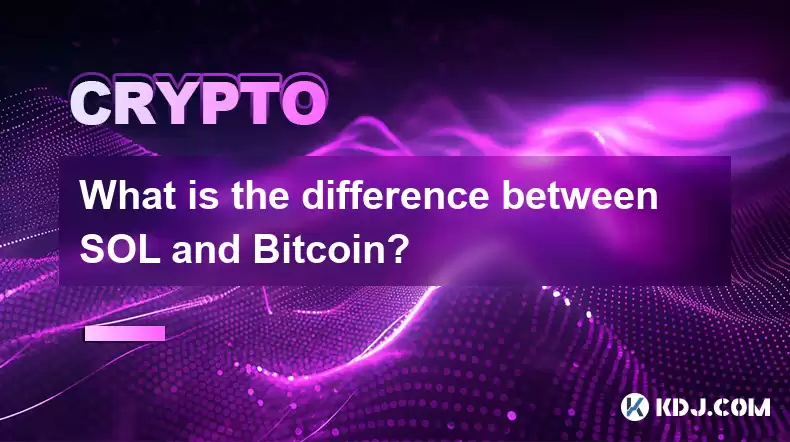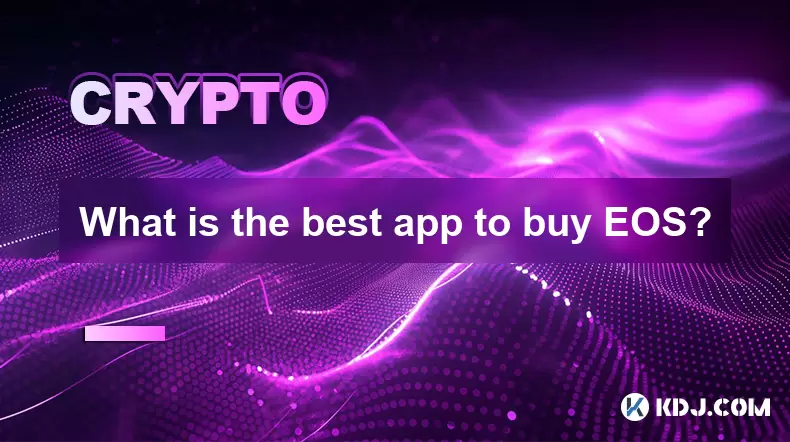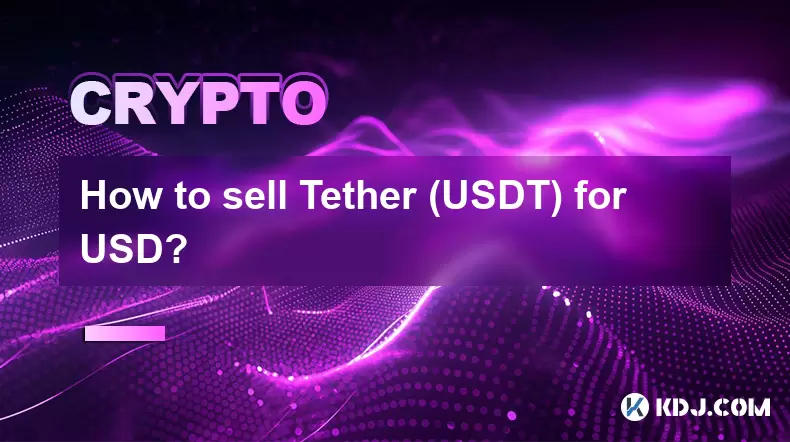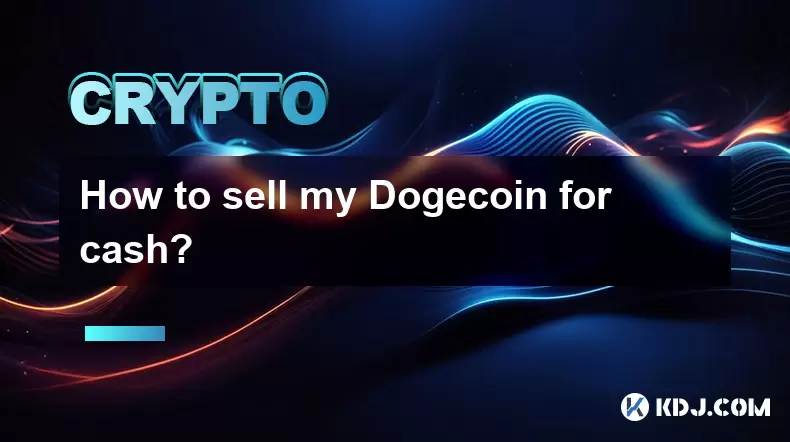-
 Bitcoin
Bitcoin $116300
2.01% -
 Ethereum
Ethereum $3815
5.35% -
 XRP
XRP $3.071
4.46% -
 Tether USDt
Tether USDt $1.000
0.02% -
 BNB
BNB $776.2
1.67% -
 Solana
Solana $173.0
5.70% -
 USDC
USDC $0.9999
0.00% -
 TRON
TRON $0.3389
1.14% -
 Dogecoin
Dogecoin $0.2125
5.92% -
 Cardano
Cardano $0.7627
5.16% -
 Hyperliquid
Hyperliquid $39.00
4.42% -
 Stellar
Stellar $0.4122
5.07% -
 Sui
Sui $3.654
7.22% -
 Chainlink
Chainlink $17.31
5.47% -
 Bitcoin Cash
Bitcoin Cash $582.2
4.28% -
 Hedera
Hedera $0.2521
3.53% -
 Ethena USDe
Ethena USDe $1.001
0.01% -
 Avalanche
Avalanche $22.77
3.47% -
 Litecoin
Litecoin $119.6
2.53% -
 UNUS SED LEO
UNUS SED LEO $8.944
-0.49% -
 Toncoin
Toncoin $3.288
3.95% -
 Shiba Inu
Shiba Inu $0.00001261
3.78% -
 Uniswap
Uniswap $10.12
5.80% -
 Polkadot
Polkadot $3.761
4.23% -
 Dai
Dai $1.000
-0.01% -
 Monero
Monero $285.1
-2.37% -
 Bitget Token
Bitget Token $4.387
1.43% -
 Cronos
Cronos $0.1476
5.88% -
 Pepe
Pepe $0.00001080
4.75% -
 Ethena
Ethena $0.6374
11.58%
What is the difference between SOL and Bitcoin?
Solana (SOL) and Bitcoin (BTC) differ fundamentally: SOL uses energy-efficient PoH/PoS for high-speed transactions and smart contracts, while BTC's PoW provides security but slower speeds, focusing on store-of-value.
Mar 15, 2025 at 02:55 pm

Key Points:
- Different Underlying Technologies: Solana (SOL) utilizes a novel Proof-of-History (PoH) consensus mechanism combined with Proof-of-Stake (PoS), while Bitcoin (BTC) uses a Proof-of-Work (PoW) consensus mechanism. This fundamental difference impacts transaction speeds and energy consumption.
- Scalability and Transaction Speed: Solana boasts significantly higher transaction throughput and lower latency compared to Bitcoin, making it more suitable for decentralized applications (dApps). Bitcoin's transaction processing is comparatively slower.
- Smart Contract Functionality: Solana is a smart contract platform, enabling the creation of decentralized applications (dApps) and decentralized finance (DeFi) protocols. Bitcoin's scripting capabilities are limited, hindering its capacity for complex smart contracts.
- Use Cases: Bitcoin primarily functions as a store of value and a peer-to-peer digital currency. Solana aims to be a more versatile platform supporting a broader range of applications beyond simple transactions.
- Ecosystem and Community: Bitcoin possesses a larger, more established community and ecosystem, providing greater stability and network effect. Solana’s ecosystem is rapidly growing but still comparatively younger.
- Tokenomics and Supply: Bitcoin has a fixed supply of 21 million coins, contributing to its perceived scarcity and value proposition. Solana's tokenomics are different, with a larger and potentially inflationary supply.
What is the difference between SOL and Bitcoin?
Solana (SOL) and Bitcoin (BTC) represent two distinct approaches to cryptocurrency and blockchain technology. While both are cryptocurrencies facilitating digital transactions, their underlying mechanisms, capabilities, and intended use cases differ significantly. Understanding these differences is crucial for informed investment and participation in the crypto space.
Bitcoin, the first and most well-known cryptocurrency, employs a Proof-of-Work (PoW) consensus mechanism. This means miners compete to solve complex cryptographic puzzles to validate transactions and add new blocks to the blockchain. This process is energy-intensive but ensures a high degree of security and decentralization. Bitcoin's primary function is as a decentralized digital currency, acting as a store of value and a medium of exchange.
Solana, on the other hand, utilizes a hybrid consensus mechanism combining Proof-of-History (PoH) and Proof-of-Stake (PoS). PoH creates a verifiable history of events, improving transaction processing speed. PoS allows validators to stake their SOL tokens to secure the network, consuming significantly less energy than PoW. This combination allows Solana to achieve much higher transaction throughput and lower latency than Bitcoin.
The difference in consensus mechanisms directly impacts the scalability of each blockchain. Bitcoin's PoW limits its transaction speed and scalability, resulting in higher transaction fees during periods of high network activity. Solana’s PoH and PoS enable significantly faster transaction processing and higher throughput, making it more suitable for decentralized applications (dApps) and other high-volume use cases.
Furthermore, Solana is a smart contract platform. This means developers can build and deploy decentralized applications (dApps) on its blockchain. This functionality is largely absent in Bitcoin. While Bitcoin has limited scripting capabilities, it lacks the sophisticated smart contract functionality crucial for creating DeFi protocols, NFTs, and other advanced applications. Bitcoin's focus remains primarily on its role as a digital currency.
Solana’s smart contract functionality has fueled the growth of its ecosystem, attracting developers and fostering innovation in decentralized finance (DeFi) and other areas. This contrasts with Bitcoin's relatively simpler ecosystem, primarily focused on trading and holding the cryptocurrency. The rapid growth of Solana's ecosystem, however, also presents challenges in terms of security and network stability, as compared to the mature and well-established Bitcoin ecosystem.
The tokenomics of SOL and BTC also differ substantially. Bitcoin has a fixed maximum supply of 21 million coins, contributing to its scarcity and potential for long-term value appreciation. Solana, however, has a larger and potentially inflationary supply, which could affect its price stability in the long run. The different token distribution mechanisms and emission schedules also play a significant role in their respective market dynamics.
The communities surrounding each cryptocurrency also differ. Bitcoin boasts a large, established community and a long history, providing a strong sense of stability and network effect. Solana's community is significantly younger but is growing rapidly, reflecting the potential of its technology and the dynamism of its ecosystem. This difference in community size and maturity impacts network security, development efforts, and overall market sentiment.
- What are the main differences in the consensus mechanisms of SOL and BTC?
Bitcoin uses Proof-of-Work (PoW), a computationally intensive process requiring significant energy. Solana uses a hybrid of Proof-of-History (PoH) and Proof-of-Stake (PoS), which is much more energy-efficient.
- How do the transaction speeds of SOL and BTC compare?
Solana's transaction speeds are significantly faster than Bitcoin's, capable of handling thousands of transactions per second compared to Bitcoin's few transactions per second.
- Can smart contracts be deployed on both Solana and Bitcoin?
Smart contracts are readily deployable on Solana, enabling the development of dApps. Bitcoin's capabilities in this area are severely limited.
- Which cryptocurrency has a larger and more established community?
Bitcoin has a significantly larger and more established community compared to Solana's rapidly growing but younger community.
- What are the key differences in the tokenomics of SOL and BTC?
Bitcoin has a fixed supply of 21 million coins, while Solana has a larger, potentially inflationary supply. This impacts their long-term price stability and investment potential.
- Which cryptocurrency is better suited for decentralized applications (dApps)?
Solana's architecture and smart contract functionality make it much more suitable for dApps compared to Bitcoin.
- Which cryptocurrency is considered more energy-efficient?
Solana's PoH and PoS consensus mechanism is significantly more energy-efficient than Bitcoin's PoW.
- What are the primary use cases for SOL and BTC?
Bitcoin is primarily used as a store of value and a peer-to-peer digital currency. Solana aims to be a versatile platform supporting dApps and DeFi protocols.
Disclaimer:info@kdj.com
The information provided is not trading advice. kdj.com does not assume any responsibility for any investments made based on the information provided in this article. Cryptocurrencies are highly volatile and it is highly recommended that you invest with caution after thorough research!
If you believe that the content used on this website infringes your copyright, please contact us immediately (info@kdj.com) and we will delete it promptly.
- BlockchainFX, Bitcoin Swift, Crypto Presales: What's the Hype?
- 2025-08-07 19:10:13
- SHIB Community at Crossroads: Shytoshi Kusama's Leadership Under Scrutiny as Elections Loom
- 2025-08-07 18:30:13
- IREN Overtakes: A New King in the Bitcoin Miner Hashrate Race?
- 2025-08-07 16:31:29
- Memecoins Mania: Whales Eye Pepe Dollar (PEPD) as Bonk Cools Off, While MoonBull Hogs the Spotlight!
- 2025-08-07 16:51:17
- Unilabs, PEPE, and Investment Risk: Navigating the Crypto Hype
- 2025-08-07 16:31:29
- Meme Coin Mania: Rug Pulls, CZ-Inspired Tokens, and the Wild West of Crypto
- 2025-08-07 16:57:14
Related knowledge

Where can I buy UMA (UMA)?
Aug 07,2025 at 06:42pm
Understanding UMA and Its Role in Decentralized FinanceUMA (Universal Market Access) is an Ethereum-based decentralized finance (DeFi) protocol design...

What is the best app to buy EOS?
Aug 07,2025 at 04:35pm
Understanding EOS and Its Role in the Cryptocurrency EcosystemEOS is a blockchain platform designed to support decentralized applications (dApps) with...

How to sell Tether (USDT) for USD?
Aug 07,2025 at 03:29pm
Understanding Tether (USDT) and Its USD ValueTether (USDT) is a stablecoin designed to maintain a 1:1 value ratio with the United States Dollar (USD)....

How to sell my Bitcoincoin for cash?
Aug 07,2025 at 02:14pm
Understanding the Basics of Selling Dogecoin for CashSelling Dogecoin for cash involves converting your DOGE tokens into a fiat currency such as USD, ...

What is Chainlink (LINK)?
Jul 22,2025 at 02:14am
Understanding Chainlink (LINK): The Decentralized Oracle NetworkChainlink is a decentralized oracle network designed to bridge the gap between blockch...

What is Avalanche (AVAX)?
Jul 22,2025 at 08:35am
What is Avalanche (AVAX)?Avalanche (AVAX) is a decentralized, open-source blockchain platform designed to support high-performance decentralized appli...

Where can I buy UMA (UMA)?
Aug 07,2025 at 06:42pm
Understanding UMA and Its Role in Decentralized FinanceUMA (Universal Market Access) is an Ethereum-based decentralized finance (DeFi) protocol design...

What is the best app to buy EOS?
Aug 07,2025 at 04:35pm
Understanding EOS and Its Role in the Cryptocurrency EcosystemEOS is a blockchain platform designed to support decentralized applications (dApps) with...

How to sell Tether (USDT) for USD?
Aug 07,2025 at 03:29pm
Understanding Tether (USDT) and Its USD ValueTether (USDT) is a stablecoin designed to maintain a 1:1 value ratio with the United States Dollar (USD)....

How to sell my Bitcoincoin for cash?
Aug 07,2025 at 02:14pm
Understanding the Basics of Selling Dogecoin for CashSelling Dogecoin for cash involves converting your DOGE tokens into a fiat currency such as USD, ...

What is Chainlink (LINK)?
Jul 22,2025 at 02:14am
Understanding Chainlink (LINK): The Decentralized Oracle NetworkChainlink is a decentralized oracle network designed to bridge the gap between blockch...

What is Avalanche (AVAX)?
Jul 22,2025 at 08:35am
What is Avalanche (AVAX)?Avalanche (AVAX) is a decentralized, open-source blockchain platform designed to support high-performance decentralized appli...
See all articles

























































































